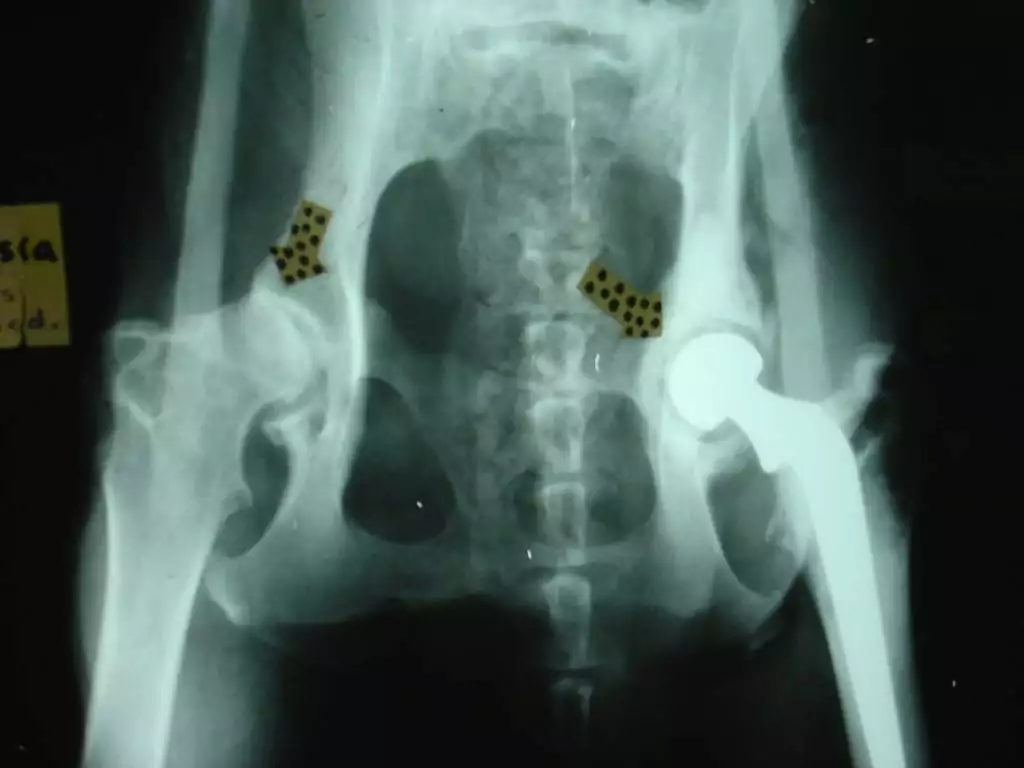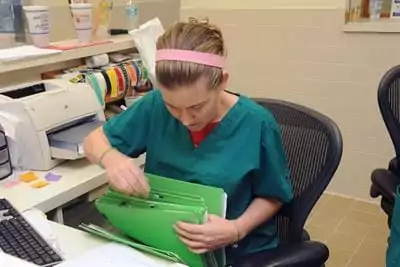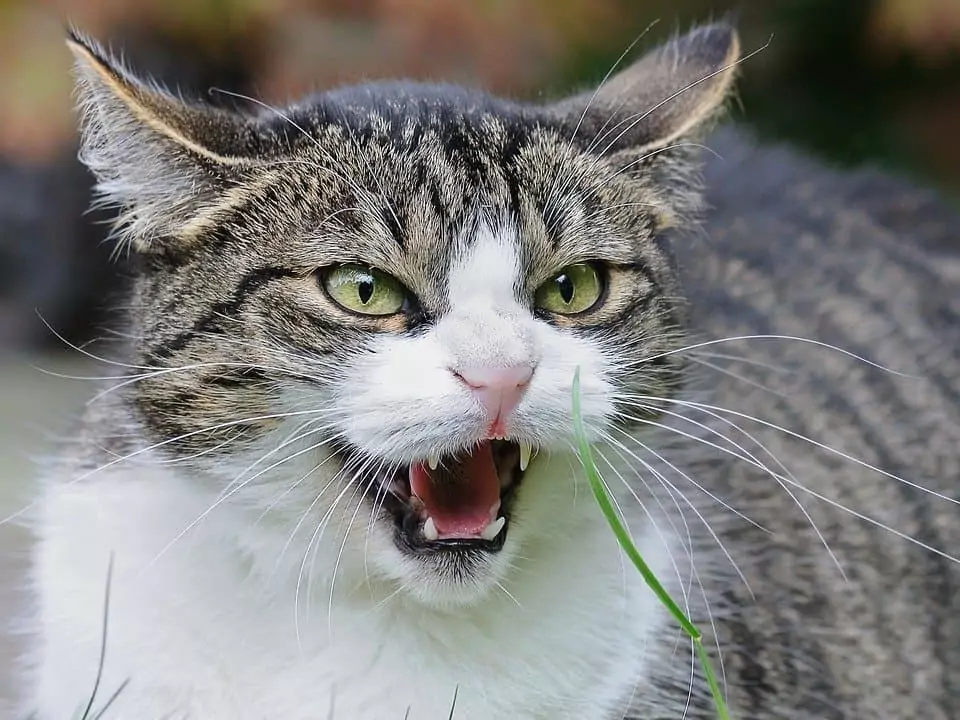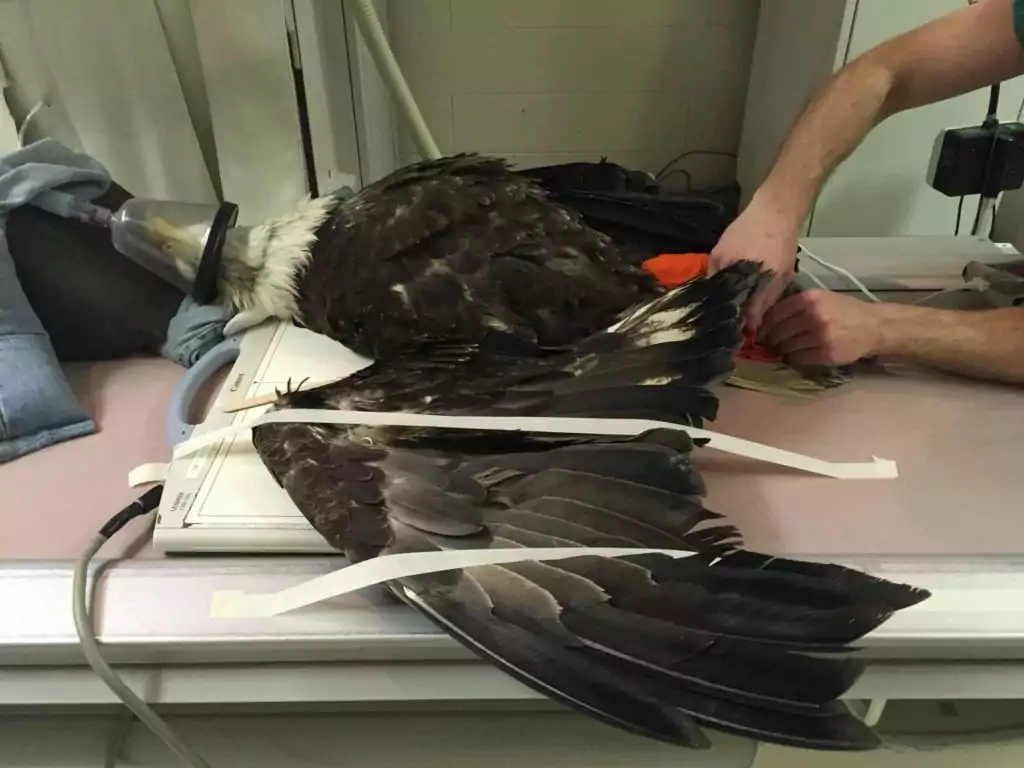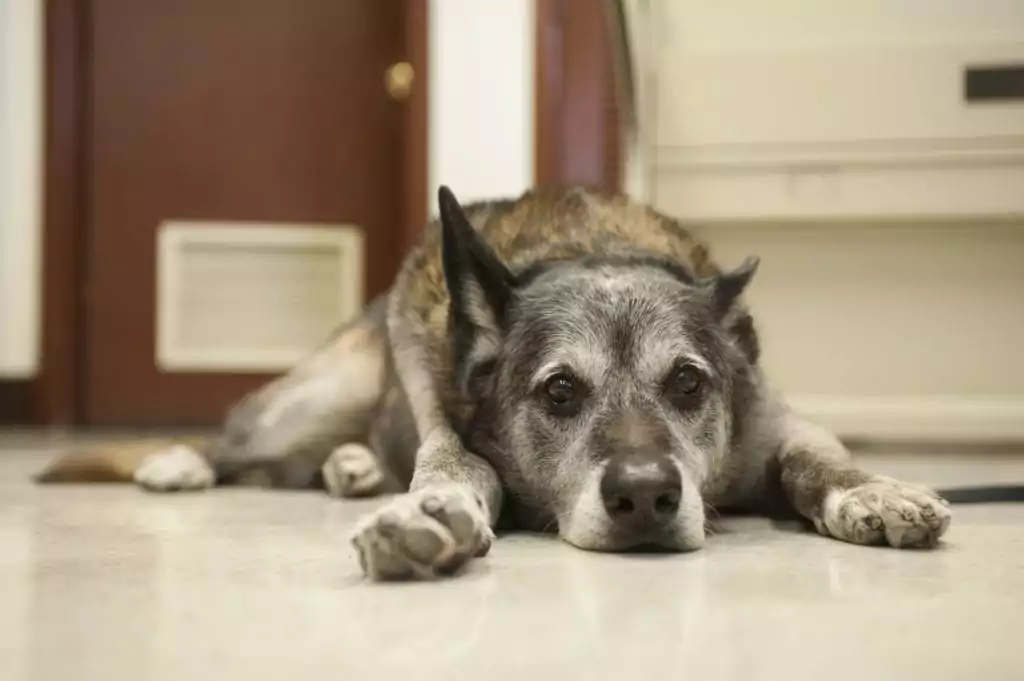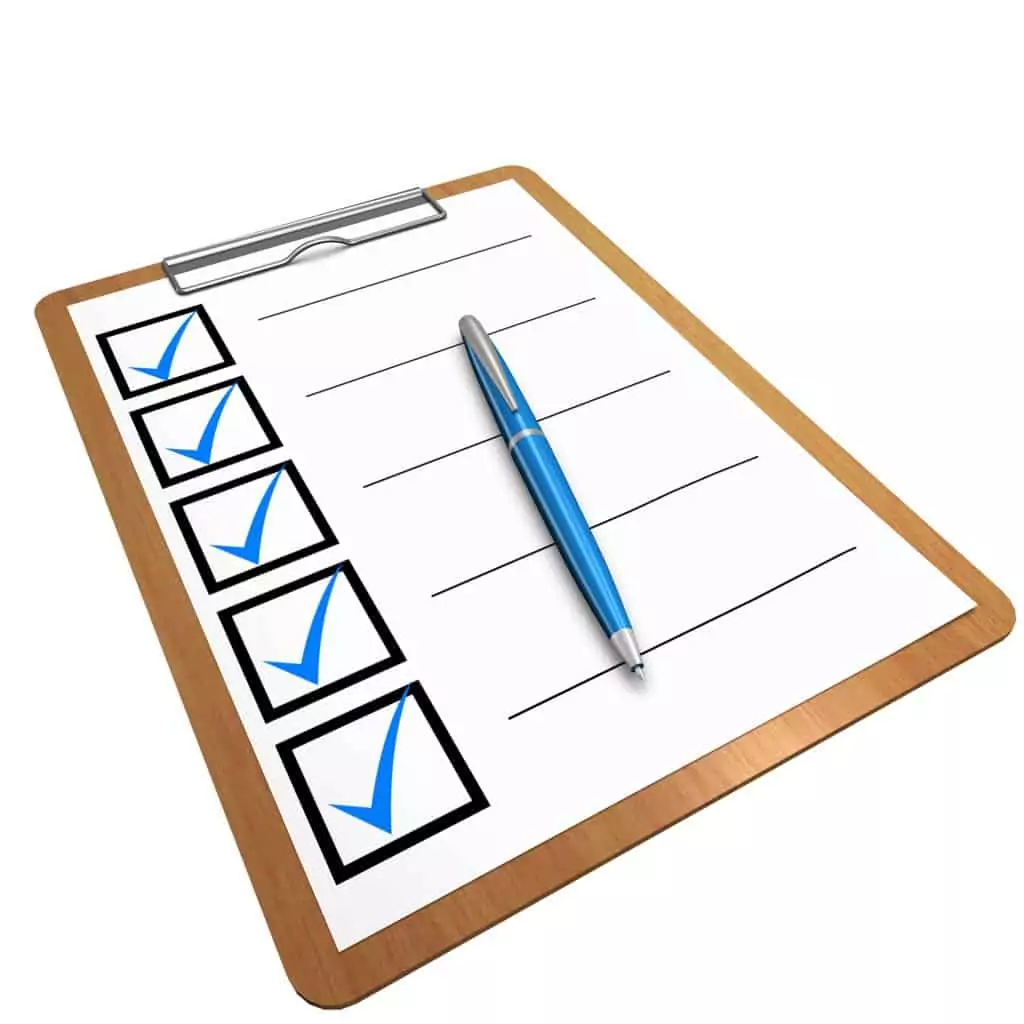The importance of taking pre-operative precautions can be a key segment in avoiding some of the most common mistakes in the operating room. This is a situation where you are the one pulling the strings while doing a sensitive, tough, responsible and exhausting task. Pretty much it feels like the first time you rode a car, except that now every time is like that first time, with the same feeling of tension and hyper-responsibility.
The list we prepared can give you certain guidance on what-to-consider doing prior to the surgery. If you read them carefully they can spare you from having some nasty headaches both with patients and their owners.
Cost
Estimating the exact cost of a surgical procedure along with post-operative care can be difficult and requires a lot of experience. You can never know what may go wrong and how long the hospitalization will take, especially for non-routine procedures. Make a high-end and a low-end estimate while you take every possible situation into consideration. Of course, discuss this with the clients thoroughly.
Properly performing x-rays
X-rays represent a valuable diagnostic tool that makes the work of veterinarians a lot easier. But their limited use can bring you in tricky situations for which you will regret a lot later on. Sometimes veterinarians don’t want to make some additional imaging because of the financial burden for the owners, but it’s better costly and safe rather than sorry.
For example, an abdominal x-ray imaging in an elderly dog reveals a presence of splenic mass and after the splenectomy the biopsy confirms it to be malignant. During the post-op week, the dog has been doing seriously poor and loss of appetite and excessive coughing become more and more apparent.
The vet suggests doing extra chest radiographs which show the presence of multiple round masses. With this, the outcome of the situation is really bad and could have been dealt with differently if appropriate steps in the x-ray imaging were taken.
Another situation where you shouldn’t spare the x-ray machine is when gastro-intestinal foreign bodies or bladder and urethral stones are detected.
Sure, diagnose is obvious but the location of the objects may surprise you during the operation and leave you wondering where they are.
Foreign bodies can migrate and bladder become urethral stones very easily, so check once more not too long before the surgery and everything will run smoothly.
Review the records
We are sure that most of the vet surgeons fully trust their colleagues and know they are going to get the job well done. But keep in mind that accidental mistakes and omissions can happen to anyone, especially in private practices where the days can be long, tiring and rushed.
That’s why it’s always a good idea to check the blood work, x-rays and every other record included before the initial incision. Practically this can be achieved with a checklist that can lead you from the start to turning oxygen on.
Don’t miss the side
The side of the problem (orthopedically, tumorous, etc.) where surgery will be performed should be verified with the previously mentioned checklist and the consent form. Explaining exact sides as a professional can be misleading and confusing for pet-owners.
If there is no risk of confusion just have the owner write the side of the problem of the medical record and the consent form. Furthermore, have the side of the animal marked with a permanent marker or shave a bit of hair at the spot just in case.
Asepsis and antisepsis
Routine asepsis on the surgical site and generally in the operating room tends to drop in quality and standards the moment it becomes casual and based on experience. Many surgeons will claim that they never had a problem in their careers due to bad asepsis, but if one problem appears it will be more than enough.
So keep your standards high whenever possible in the operating room and prevent any possible infection and contamination.
Dealing with anxious animals
Sometimes a thorough exam is hard to perform on anxious, fearful and excitable animals and that can leave the clinician empty-handed on information about the patient’s health. In this case, approach the animal tenderly, handle it stress-free and if needed use sedation.
Relaxed patient offers much more opportunity to perform the exam in a way that can easily lead you to the exact diagnose.
Explaining anesthesia
This is probably the most important thing to be discussed with the pet-owners before the operation. Once you mention the risk factor many of them will have second thoughts and will become terrified.
That’s why leading a step-by-step conversation where you give details about pre-op blood examination, usage of safe-drugs, intubation, and gas-anesthesia can help them feel more comfortable knowing your team works with extreme precaution. However, at the end always leave a place for possible complications and unfortunate events, simply because that’s the reality of anesthesia.
Pain management
Pick a proper, safe and potent premedication to help the animal relax and decrease its anxiety and stress. This way the depth of the anesthesia needed for the procedure will decrease. Choosing the right drug with the right potency can be based on the anticipated level of pain.
Equipment
Checklists can be very helpful in this case where you can check whether you have everything you need in the operation room on hand. All the supplies, instruments and drugs must be in place. Check if all the machines and equipment work properly, such as the gas regulator (amount of gas), cautery, monitoring devices, suction etc. Calculating the volume of IV fluids needed for the surgery is important as well as predicting the possible additional need for them.


